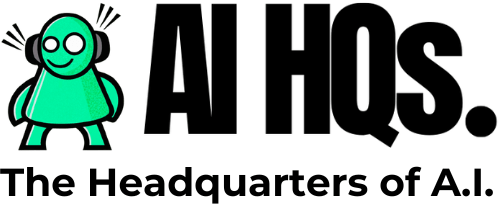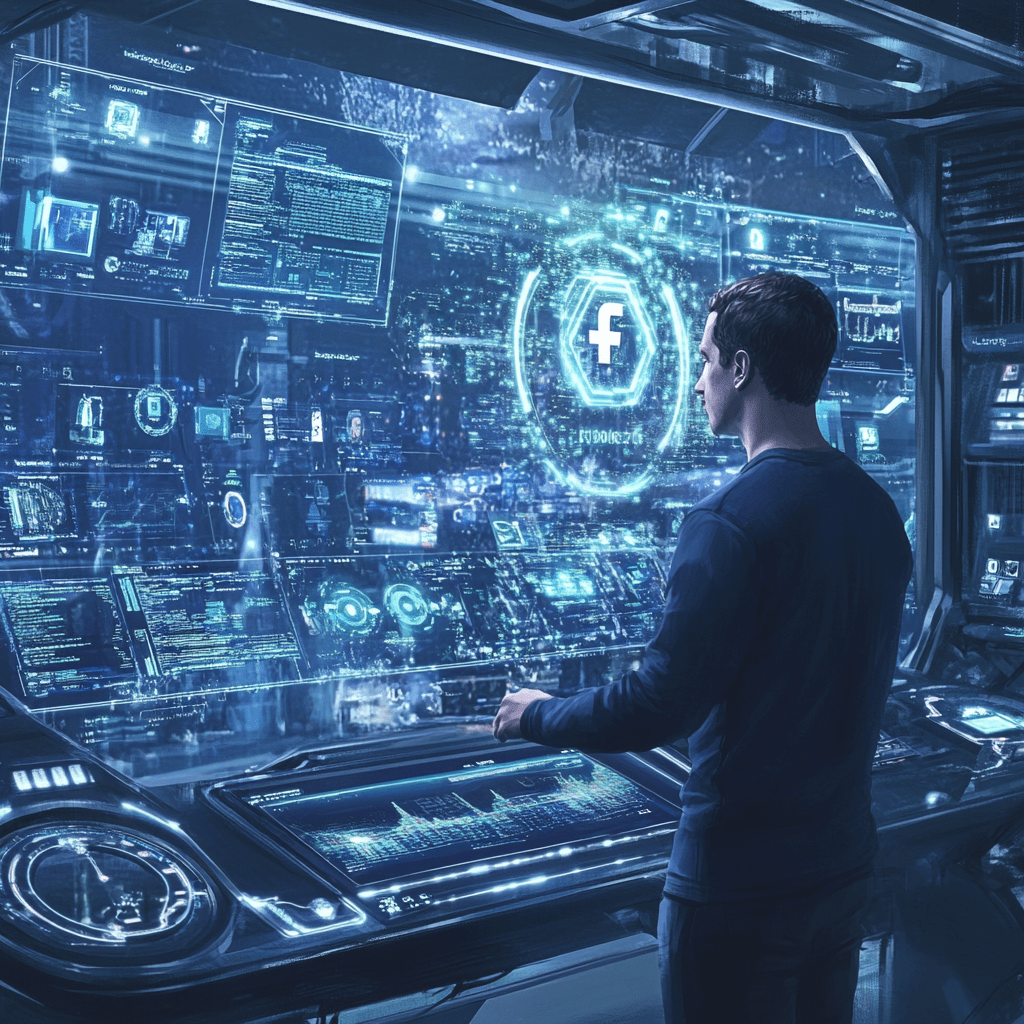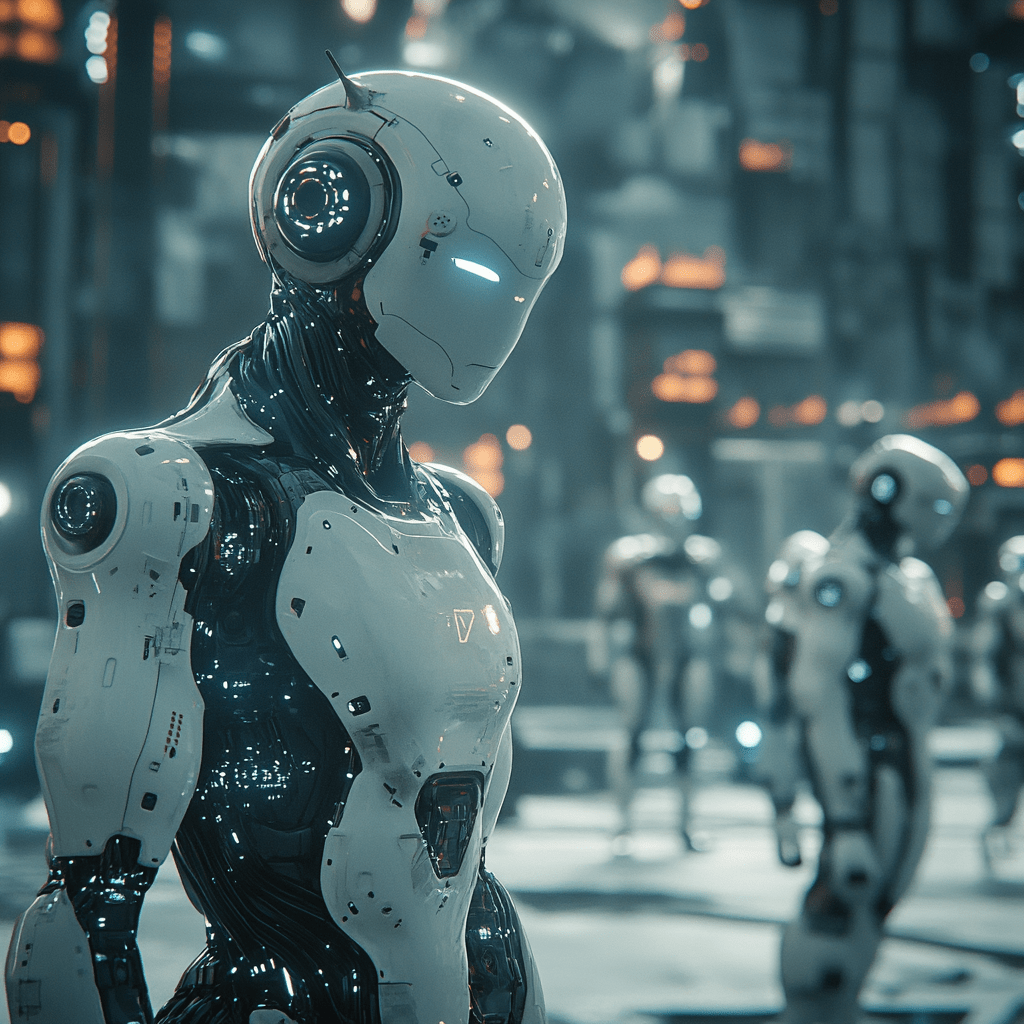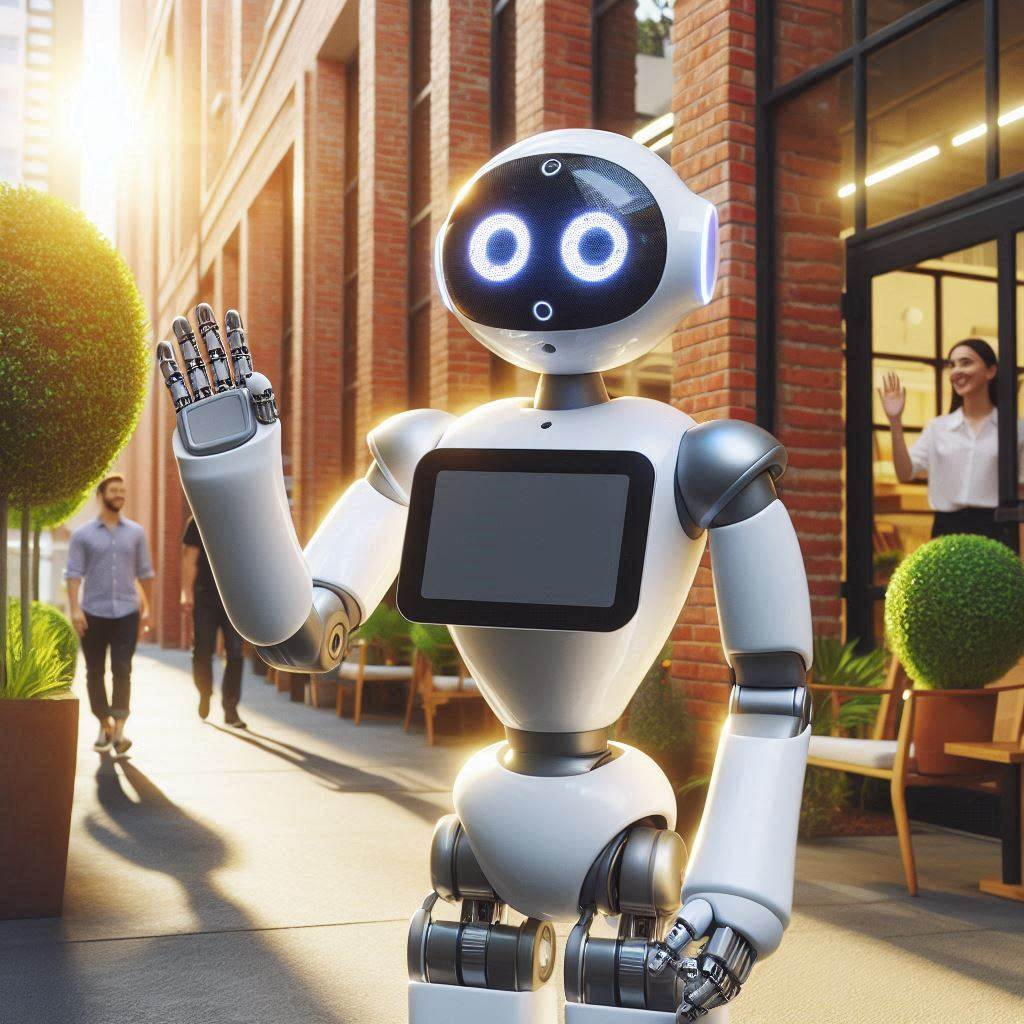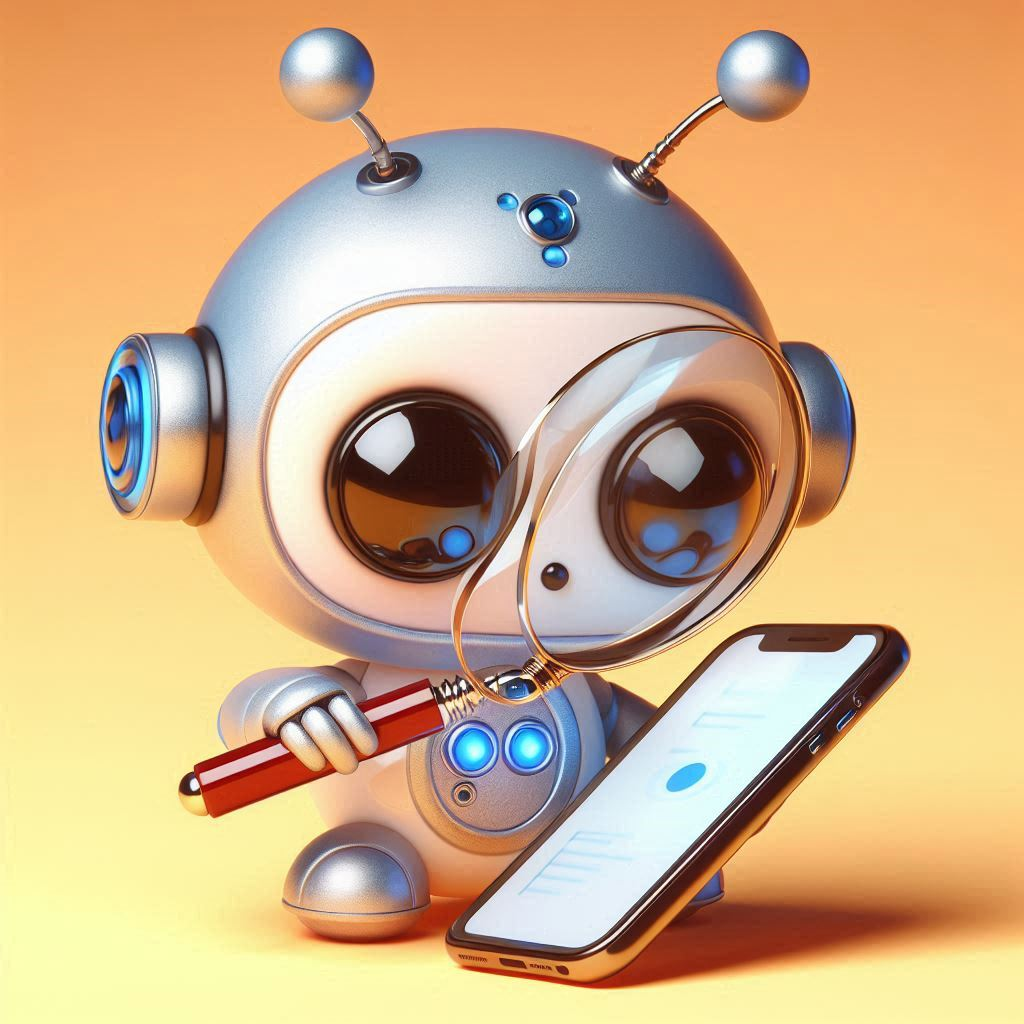Google’s Project Astra AI Unveiled
In recent developments, the landscape of AI technology has seen remarkable advancements from industry giants OpenAI and Google. Just a day after OpenAI unveiled its latest AI model, GPT-4o, Google announced Project Astra, a research prototype with comparable video comprehension capabilities. This competition between two leading AI developers marks a significant leap forward in the development of intelligent assistants capable of understanding and interacting with their environment in unprecedented ways.

OpenAI’s GPT-4o is designed to converse using speech in real-time, reading emotional cues, and responding to visual input. It operates faster than OpenAI’s previous models and will be available to all ChatGPT users for free. OpenAI’s announcement, made during a YouTube livestream titled “OpenAI Spring Update,” showcased GPT-4o’s real-time audio conversation capabilities, visual comprehension, and enhanced multilingual support. This new model can respond to audio inputs in about 320 milliseconds, similar to human response times, and much shorter than previous models’ 2-3 second lag.
During the live demonstration, GPT-4o engaged in natural, responsive dialogue, picking up on emotions, adapting its tone, and incorporating sound effects into its responses. The AI also analysed visual content, such as selfies and documents, and provided data analysis and lighthearted banter. OpenAI highlighted GPT-4o’s potential for facilitating conversations between speakers of different languages with near-instantaneous translations.
On the other hand, Google announced Project Astra at the Google I/O conference. Described by Google DeepMind CEO Demis Hassabis as “a universal agent helpful in everyday life,” Astra demonstrated its capabilities by identifying sound-producing objects, providing creative alliterations, explaining code on a monitor, and locating misplaced items. The AI assistant showed potential for integration with wearable devices like smart glasses, where it could analyse diagrams, suggest improvements, and generate witty responses to visual prompts.
Astra uses the camera and microphone on a user’s device to provide assistance, continuously processing and encoding video frames and speech input to create a timeline of events for quick recall. This enables Astra to identify objects, answer questions, and remember things no longer in the camera’s frame. While Astra is still in the early stages with no specific launch plans, Google hinted that some capabilities might be integrated into products like the Gemini app later this year, in a feature called “Gemini Live.” This marks a significant step towards creating an AI agent with “agency” that can think ahead, reason, and plan on behalf of users.
Meanwhile, Google’s Gemini 1.5 Pro has also been a topic of discussion. Announced during the Google I/O 2024 keynote, this model features a 2 million-token context window, allowing it to process large numbers of documents or long stretches of encoded videos at once. AI researcher Simon Willison noted the potential costs associated with this capability, as longer prompts could become expensive. Google also announced Gemini 1.5 Flash, a lightweight, faster, and less expensive version optimised for high-volume tasks at scale, priced significantly lower than the Pro version.
Further expanding on AI capabilities, Google introduced custom roles for its Gemini chatbot, known as Gems. These roles allow users to personalise the chatbot to function as a gym buddy, sous chef, coding partner, or creative writing guide. Additionally, Google announced new generative AI models for creating images, audio, and video. Imagen 3, the latest in Google’s image synthesis models, promises higher quality text-to-image generation with better detail and lighting. Google Veo, a text-to-video generator, creates 1080P videos from prompts, with plans for an AI-generated demonstration film featuring actor Donald Glover.
These advancements come on the heels of OpenAI’s updates to ChatGPT, including a desktop app for macOS and a streamlined interface. With the upcoming availability of GPT-4o, ChatGPT Free users will gain access to features previously limited to paid subscribers, such as web browsing, data analytics, the GPT Store, and Memory features.
OpenAI emphasised the importance of safety with GPT-4o, highlighting extensive testing with over 70 external experts in social psychology, bias and fairness, and misinformation. The company is committed to improving safety and soliciting feedback from test users during the model’s iterative deployment.
In a related development, Google appears to have upstaged itself with the launch of Gemini Ultra 1.0, followed by Gemini Pro 1.5. Despite the confusing naming conventions, Pro 1.5 is said to match Ultra 1.0 in quality while using less compute power. This rapid succession of announcements reflects the intense pace of AI development at Google.
Gemini 1.5 employs a mixture-of-experts architecture, selectively activating specialised sub-models within a larger neural network for specific tasks. This architecture allows the model to perform complex reasoning about vast amounts of information, such as analysing a 402-page transcript of the Apollo 11 mission. Google claims high accuracy in analysing large texts, though the potential for confabulation remains.
The technical report on Gemini 1.5 shows it performing favourably against GPT-4 Turbo on various tasks. However, the rapid release of new models raises questions about the coordination between research and marketing at Google. The limited preview of 1.5 Pro is available to developers, with plans to scale up to a 1 million token context window later.
These advancements in AI technology by OpenAI and Google represent a significant leap forward in the development of intelligent assistants. As these models become more integrated into everyday devices and applications, they promise to revolutionise how we interact with technology, offering more intuitive, responsive, and personalised experiences. The competition between OpenAI and Google is likely to drive further innovations, pushing the boundaries of what AI can achieve.
The implications of these advancements are profound. With models like GPT-4o and Project Astra, AI can move beyond traditional text-based interactions to encompass a richer, multimodal approach, understanding and interacting through voice, text, and visual inputs. This shift could fundamentally alter how we use AI in our daily lives, from personal assistants that can help manage our schedules, answer complex questions, and even offer emotional support, to professional tools that can analyse vast amounts of data, provide insights, and enhance productivity in various fields.
Moreover, the introduction of features like real-time audio conversation and visual comprehension opens up new possibilities for accessibility and inclusivity. Individuals with disabilities could benefit significantly from AI that can understand and respond to voice commands, interpret visual inputs, and provide assistance tailored to their needs. This technology could also bridge language barriers more effectively, fostering better communication and understanding across different cultures and languages.
However, these advancements also bring new challenges and ethical considerations. The ability of AI to understand and respond to emotional cues, for instance, raises questions about the nature of human-AI relationships and the potential for emotional manipulation or dependency. Ensuring that these technologies are used responsibly and ethically will be crucial as they become more integrated into our lives. OpenAI’s emphasis on safety and extensive testing with external experts is a step in the right direction, but ongoing vigilance and regulation will be necessary to address these concerns.
The rapid pace of AI development also underscores the importance of staying informed and adaptable. For businesses, this means continuously exploring how these new technologies can be leveraged to stay competitive and innovative. For individuals, it means developing new skills and understanding to effectively use and coexist with increasingly sophisticated AI systems.
In the broader context, the competition between OpenAI and Google could accelerate the development of even more advanced AI models, benefiting society as a whole. As these companies push each other to innovate, we can expect faster advancements in AI capabilities, leading to new applications and solutions to complex problems. This competitive dynamic can drive improvements in AI efficiency, cost-effectiveness, and accessibility, making these powerful tools available to a wider audience.
Looking ahead, the future of AI holds exciting possibilities. We may soon see AI systems that can seamlessly integrate into our daily routines, enhancing our abilities and providing support in ways we have yet to imagine. The integration of AI into wearable devices, as demonstrated by Google’s Project Astra, hints at a future where AI is an ever-present assistant, ready to help with any task, large or small.
The convergence of AI with other emerging technologies, such as augmented reality (AR) and the Internet of Things (IoT), could further amplify its impact. Imagine smart homes where AI not only controls devices but also understands the context and preferences of the inhabitants, or AR glasses that provide real-time information and assistance as we navigate the world. These advancements could lead to a more interconnected and intelligent world, where technology works harmoniously with human intentions and needs.
In conclusion, the recent announcements by OpenAI and Google mark a pivotal moment in the evolution of AI technology. As these models become more advanced and integrated into various aspects of our lives, they have the potential to transform how we interact with the digital world. While the path forward will undoubtedly present challenges, the benefits of these advancements promise to be far-reaching and transformative. The ongoing competition between AI leaders like OpenAI and Google will continue to drive innovation, pushing the boundaries of what is possible and shaping the future of intelligent assistance. As we embrace these changes, it is crucial to navigate the ethical and practical implications thoughtfully, ensuring that the development and deployment of AI technologies are aligned with the broader goal of enhancing human well-being and progress.
for all my daily news and tips on AI, Emerging technologies at the intersection of humans, just sign up for my FREE newsletter at www.robotpigeon.be
